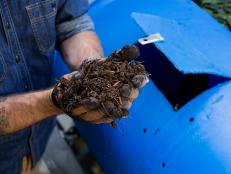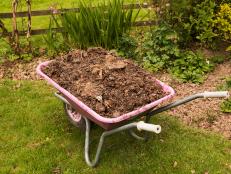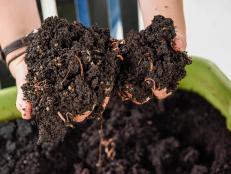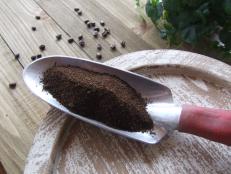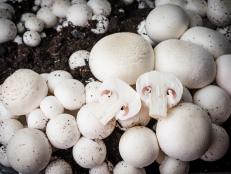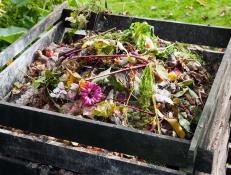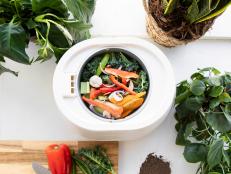Composting Problems and How to Solve Them

Photo Courtesy of Dollar Photo Club
Gardeners Gold
Compost is perhaps the most valuable material in gardening. Compost helps to build organic matter content in the soil, enhances soil microbial activity, improves soil structure and contributes to the overall health of garden plants. It is versatile in its applications, being equally useful as a soil amendment or mulch in its normal state; or as a foliar application when brewed into a “tea.” Lots of gardeners opt to make their own compost instead of buying it, and by doing so discover a beneficial way to dispose of garden waste and kitchen scraps. The process is quite simple, but occasionally problems arise.
How Compost Is Made
Compost is simply decomposed vegetative matter. Really high quality compost is broken down quickly, while heat from the decomposition process builds to levels high enough to kill weed seeds, bugs and plant disease pathogens that find their way into the debris. The path to building up heat and rapid decomposition lies in the carbon to nitrogen ratio, as well as the water and oxygen content of the heap. The aggregate carbon:nitrogen ratio should ideally be in the 25-30:1 range; achieved by layering roughly three parts carbon-rich “brown” material (dry leaves, straw, newspaper, etc.) and one part nitrogen-rich “green” material (weeds, grass clippings, kitchen veggie scraps). Occasionally watering the heap helps to ensure adequate moisture. Aeration is obtained by starting with material of two inch and smaller sized chunks, as well as periodically turning the heap. Problems arise when one or more of these critical components falls out of balance.
When Trouble Strikes
Good compost should smell good, like sweet “woodsy” earth. Often the first sign that something isn’t quite right is a stinky compost pile. The question is, what kind of stink is it? The first kind of stink is like the smell of a sewer truck, and is caused by a lack of aeration in the pile. The solution here is to turn the pile more frequently. The second kind of stink is like strong ammonia, and is caused by excessive nitrogen in the pile. This can be fixed by turning more “browns” into the pile.
Not Enough Heat
Good compost also becomes hot, like the temperature of a hot cup of tea near the center of the pile. If heat does not begin to build up within a week or so, the nitrogen content is probably too low. Try adding more “green” stuff to the pile. If it happens to be the middle of winter, cold weather may be the problem. Insulate the pile with straw bales and cover it with black plastic to protect the microbes from cold weather and keep them active.
Unwanted Pests
Flies and maggots may become a nuisance around the compost pile, because flies love to lay eggs in decaying vegetation. Ensuring that the material is chopped small before adding it to the pile will help, as will covering newly added green material with a layer of brown each time something is added. Finally, cover the heap with a mesh screen to keep flies out of the pile altogether.
Not Enough Moisture
A dry compost pile will not decompose. When initially building the pile, add copious amounts of water with each layer, and leave a flat top so that rainwater can penetrate the heap. When turning the pile, it should have the damp feel of a wrung-out sponge - if it does not, add water. Adding too much water is less of a problem, particularly if it is well aerated, than letting the pile dry out.
Homemade compost is a valuable gardening resource. With a little practice and a little observation, every gardener can have a constant supply at the ready.








